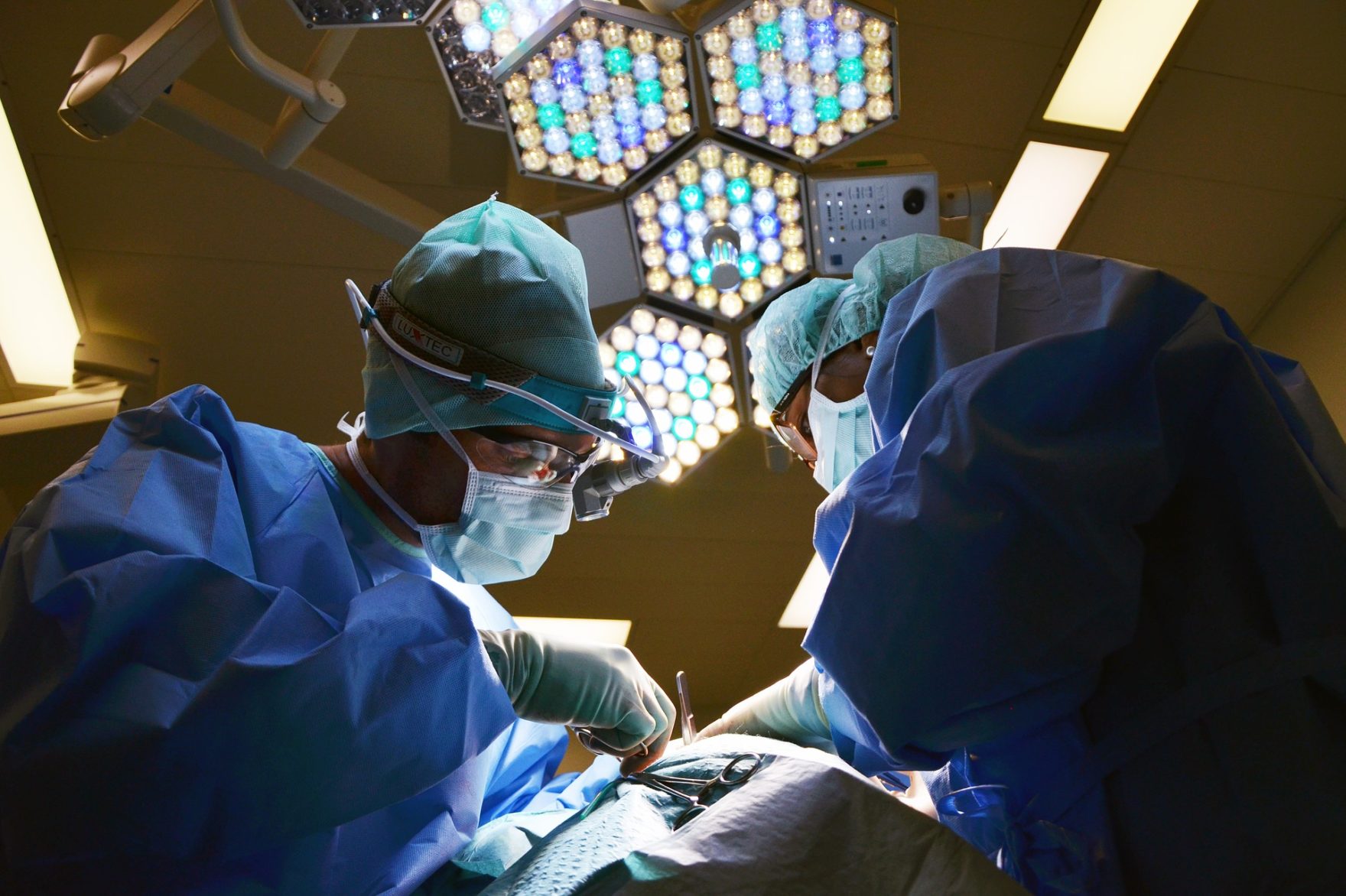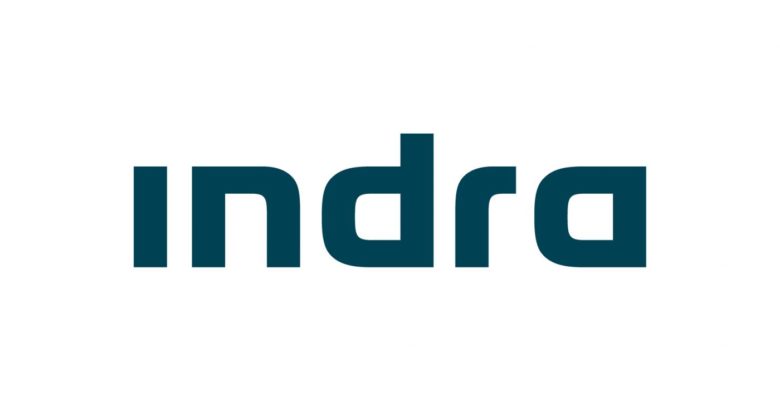Fiber optic shape sensing has an outstanding capability to sense curvature and shape in 2D and 3D. The technology will enable cutting-edge applications in the fields of robotic and standard minimally invasive surgery – such as real-time position tracking, instrument and catheter navigation, force and bending detection as well as deformation monitoring.
Shape Sensing
Fiber optic shape sensing: making the invisible tangible in critical applications.
Fiber optic shape sensing as turn-key solution.
Combining issues such as reduced exposure to radiations while still being able to “see” through the body may at first seem quite challenging. This was the reason why fiber optic shape sensing was developed. It presents the advantage of being able to track itself thus recreating the shape inside the body.
Our fiber optic shape sensing system comprises a sensor, a measurement device and the software that manages all the algorithms for data readout and processing. The key constituent for this type of sensing is based on simultaneous and real-time monitoring of the induced strain in a multi-core optical fiber with included draw tower grating sensors (MCF-DTG®) while compensating for common mode effects such as temperature changes. Depending on the curvature orientation of the MCF, some of the DTG®s on the outer cores will experience a relative tension or compression with respect to the central core and therefore, will register positive- or negative-induced strain changes, respectively. To calculate the local curvature (or bending radius), the relative strains are measured and processed. To determine the curvature profile of an MCF, the gathered data is given as a function of the DTG® positions along the optical fiber and is processed with special reconstruction algorithms.
System features
∙ Turn-key shape sensing system (full system with individual building blocks tailored to application’s needs)
∙ Easy integration in existing systems (Small dimensions of the optical fiber (down to 0.2mm thickness), measurement device available on “integrable bracket design”)
∙ High bending detection range (bending radius 10m>R>1mm)
∙ High strain resistivity suited for challenging applications
∙ Solution tailored to customers’ needs / requirements
∙ Immune to electromagnetic radiation, passive components
∙ Miniaturized & biocompatible
∙ High resolution and accurate 3D shape sensing (Tip position error <2mm @ 30cm lengths)
∙ High density of sensors in a single fiber
∙ Real-time & dynamic sensing
Fields of application…
… all different with one common point: navigate, track position and measure curvature in critical sections. Fiber optic shape sensing turns out to be particularly well suited for applications in challenging disciplines. Special needs, high level of requirements, safety-critical; these are many challenges to which the sensing flagship company brings solutions. Whether it be in biomedicine, industrial processes or in structural health monitoring, FBGS provides a turn-key solution tailored to the individual requirements of your application.
The biomedical sector is currently the main integrator of fiber optic shape sensing systems. It has already found many disciplines mostly in catheter navigation and position tracking. But although shape sensing finds most of its applications there, other fields are not to be put aside. Great potential is also to be found in the energy sector as well as in other industries and R&D.
Here are a few examples, where fiber optic shape sensing can be integrated:
Biomedical
∙ Catheter navigation during ablation procedures
∙ Tip force detection during ablation
∙ Navigation for drug delivery catheters
∙ Robotic instruments force detection and haptic feedback
∙ Position tracking for manual and robotic orthopedic procedures
∙ Force sensing for continuum robotic systems
∙ Shape sensing in continuum robotic systems
∙ Neurosurgical needle tracking
∙ Neuro-implant position tracking
∙ Instrument navigation during bronchoscopy
Energy
∙ Wind turbines, structural health monitoring of the blades
∙ Monitoring of critical sections in pipelines
∙ Curvature measurements of complex installations
Industry / R&D
∙ Measure curvature in robotic arms
Virtual Reality (VR)
Please fill in your information to download more information on our components.
* These fields are required.
How we use your information
We are committed to respecting your privacy and protecting your personal information and will always treat it with the upmost care. You can find out how we handle your data and all the ways we use it to provide you with a better service in our Privacy Statement.
By submitting this form, you consent to the use of your data in accordance with our Privacy Statement.
* These fields are required.
How we use your information
We are committed to respecting your privacy and protecting your personal information and will always treat it with the upmost care. You can find out how we handle your data and all the ways we use it to provide you with a better service in our Privacy Statement.
By submitting this form, you consent to the use of your data in accordance with our Privacy Statement.
FBGS Technologies GmbH
Franz Loewen Straße 3
D-07745 Jena
Suzhou X2 Electronic Technology Co Ltd
Room No. 2003, Building 38, No. 60 Weixin Road, Suzhou Industrial Park
215122 Suzhou, Jiangsu China



